Transport choice and access
Demand for public transport is growing, but car use remains the dominant mode of travel. Traffic congestion is affecting journey times, causing delays, and carbon emissions are increasing.
In addition to these issues, access to social and economic opportunities is constrained by many factors including the affordability of travel, undeveloped transport connections, the lack of significant concentrations of jobs outside central Wellington, and jobs and social infrastructure (such as hospitals) in places with limited public transport services.
The transport system needs to enable the region to grow in a way that makes it easy for people to get around, while creating less congestion, fewer emissions, and more liveable places.
Initiatives
These are the transport initiatives in our 3-year work programme.
1. West-East access, housing, and resilience investigation
This project explores opportunities that an improved/new west-east multi modal connection would provide for transport (people and freight), resilience, movement within the region, housing and urban development uplift potential, and business areas. It provides the opportunity to future proof the region with alternatives for transport, urban development, and resilience.
2. Kāpiti-Horowhenua Planning
Joined up planning for public transport, social and other infrastructure, and services to enable a possible 15,500 new houses and a possible 39,000 more people in greenfield developments and a possible 10,400 new houses for a possible 22,800 people in existing urban areas within Horowhenua/Kāpiti in the next 30 years.
3. Ōtaki joint planning pilot
Current issues exist in this pilot area that would benefit from collective planning such as an increasing demand for affordable housing and associated services and poor public transport access impacting opportunities for existing and future residents e.g. lack of public transport for rangitahi to get to employment either further south in Kapiti or north to Levin or Palmerston North.
4. Regional emissions reduction plan
A regional action plan to reduce greenhouse gas emissions and transition to a net-zero carbon and regeneration economy. 40% of emissions in the Wellington region are from transport.
5. The Lower Hutt, Levin, Upper Hutt Structure plans and the Johnsonville masterplan
All include exploring transport options including multi-modal options, station access and public transport service improvements alongside planning for greater intensification (in line with the NPS-UD).
Current Projects
There are a number of transport projects already underway in the region.
The Wellington Regional Land Transport Plan (RLTP) 2021 has three headline targets for the next ten years:
- 40% reduction in deaths and serious injuries on our roads
- 35% reduction in transport generated emissions.
- 40% increase in active travel and public transport mode share.
Horizons Regional Council (which includes Horowhenua) has also adopted its Regional Land Transport Plan 2021 which has four headline targets covering mode share, safety, resilience and carbon emissions.
The Wellington region RLTP 2021 captures the activities underway across the region to improve the transport system. These include:
Let’s Get Wellington Moving
A transformative city-shaping programme focused within Wellington City but providing benefits to the wider region. It seeks to transform urban mobility and shape urban form through central Wellington City. It will deliver multi-modal transport system improvements that make the city and region more accessible, compact, sustainable, and liveable.
Rail network improvements
The Wellington Metro Rail Upgrade programme includes a number of packages to continue investment in a fit-for-purpose reliable and resilient regional rail network, including those delivered through the New Zealand Upgrade Programme (NZUP).
Strategic road network improvements:
- Completion of Transmission Gully and Peka Peka to Ōtaki; Implementing New Zealand Upgrade Programme activities: Ōtaki to north Levin and Melling intersection upgrade; SH58 safety improvements.
- Improving the reliability of freight interchange at CentrePort, integrated with efficient passenger ferry access (the Multi-user Ferry Terminal).
- Delivering the Road to Zero Programme across the region with a focus on Wairarapa and Horowhenua.
Development of cycle networks including
Te Ara Tupua, a $190M project to create a walking and cycling link between Wellington and Lower Hutt; Eastern Bays Shared Path; Oriental Bay to Evans Bay cycleway, $230 million in Wellington City Council LTP for cycling over the next 10 years.
Public transport improvements
Including purchase of more electric buses, bus shelters, improvements to rail and station infrastructure, national integrated ticketing.
Future Projects
These projects are at the planning stage and are likely to be implemented in the future.
Transport is central to all of the WRGF ‘Key moves’ including particularly the need to ‘Fully unlock the urban development potential of current and future rapid transit orientated corridors and enabling higher density housing in walkable neighbourhoods close to public transport.
The rapid transit network is set out in the RLTP. A detailed business case is underway to confirm the preferred approach to longer distance rolling stock that will together with other improvements improve frequency, capacity, and regional/inter-regional connectivity; modernising and improving station access safety and accessibility.
Riverlink improvements including a multi-modal connectivity to central Lower Hutt and surrounding communities through relocating the Melling railway station, enhanced park-and-ride, and improvements to SH1 and Melling interchange.
Further bus improvements including fully electrifying the bus fleet and further development of the
regional cycling network including opportunities for delivering Innovating Streets.
Sign up for updates.
Quick Links


